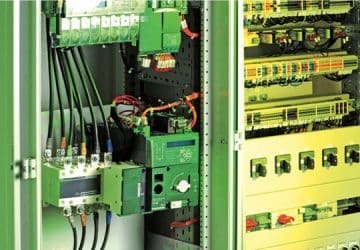4 Main Means For The Generation Of Reactive Power
The four main means for the generation of reactive power are: synchronous alternators, synchronous compensators (SC), static var compensators (SVC) and banks of static capacitors. Contents Synchronous alternators Synchronous compensators (SC) Static var compensators (SVC) and Banks of static capacitors… Read more
Jun 29, 2015 | By Edvard Csanyi

12 Transformer Factory Tests Briefly Explained
The remainder of the twelve factory tests are briefly summarized below. The details of the test set connections and formulas of some of the listed tests are already described in separatly published articles, and for the rest you are directed… Read more
Jun 29, 2015 | By Edvard Csanyi

Take into account these losses when purchasing power transformer
Losses and purchase price should be considered when deciding which transformer to purchase. The purpose of this technical article is to present a uniform approach that can be used to determine the dollar value of these losses over the life of the transformer…. Read more
Jun 26, 2015 | By Edvard Csanyi
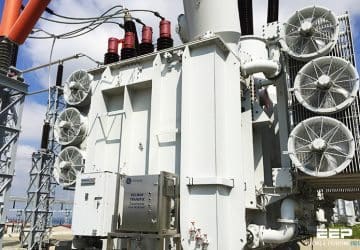
Example for Coordination of Cascaded Circuit Breakers
A 440 V 60 Hz switchboard feeds a 4-wire distribution board for small loads such as socket outlets. The switchboard has a fault making capacity of 100kA rms. After applying diversity factors to the loads the total load current is… Read more
Jun 24, 2015 | By Edvard Csanyi

Calculation of motor starting time as first approximation
The problems connected to motor starting operations are fundamentally linked to the type of motor which a determined motor operational torque “CM” offers, to the starting modality and to the connected load which has a determined load torque “C ”. The… Read more
Jun 22, 2015 | By Edvard Csanyi

5 components of current drawn by the DC voltage testing of insulation
When DC voltage is applied to an insulation, the electric field stress gives rise to current conduction and electrical polarization. Consider an elementary circuit as shown in Figure 1 below, which shows a DC voltage source, a switch, and an… Read more
Jun 19, 2015 | By Edvard Csanyi
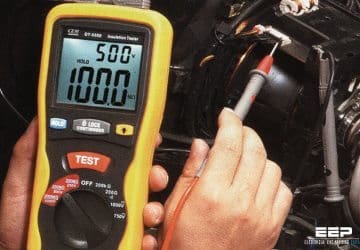
5 copper busbar jointing methods you should know
Efficient joints in copper busbar conductors can be made very simply by: Bolting Clamping Riveting Soldering Welding Bolting and clamping are used extensively on-site. Shaped busbars may be prefabricated by using friction stir welding. Bolted joints are formed by overlapping… Read more
Jun 17, 2015 | By Edvard Csanyi

Basics of DC Motors For Electrical Engineers – Beginners
Separate field excitation DC motors are still sometimes used for driving machines at variable speed. These motors are very easy to miniaturize, and essential for very low powers and low voltages. They are also particularly suitable, up to high power… Read more
Jun 15, 2015 | By Edvard Csanyi
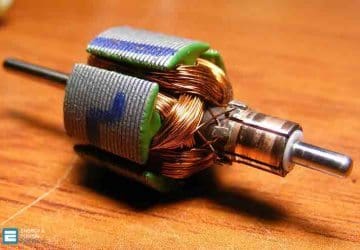
Procedure for transformer lightning impulse test
The purpose of the impulse voltage test is to secure that the transformer insultations withstand the lightning overvoltages which may occur in service. Where: C1 – Impulse capacitor Rc – Charging resistor Rs – Series resistor Ra – Low-ohmic discharging resistor for… Read more
Jun 12, 2015 | By Edvard Csanyi
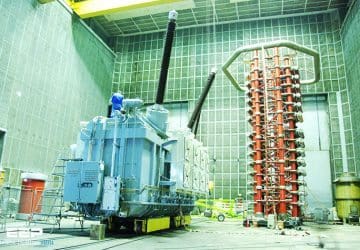
When To Use a Solidly Grounded System?
As is evident from the name, a solidly grounded system is one where the neutral of the system is directly connected to ground without introducing any intentional resistance in the ground circuit. With appropriate choice of the type and number… Read more
Jun 10, 2015 | By Edvard Csanyi

How to achieve selective coordination of circuit breakers
Selective coordination is often referred to simply as coordination. Coordination is defined in NEC® 240.2 as: “The proper localization of a fault condition to restrict outages to the equipment affected, accomplished by the choice of selective fault-protective devices.” It is… Read more
Jun 08, 2015 | By Edvard Csanyi
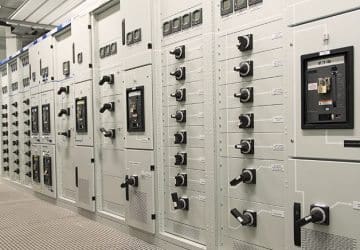
What Is The Poor Power Quality?
Most electrical and electronic equipment is designed to operate from a power supply with a particular specification that usually defines the minimum and maximum limits for RMS (root mean-square) voltage and frequency. There is an expectation on the part of… Read more
Jun 05, 2015 | By Edvard Csanyi
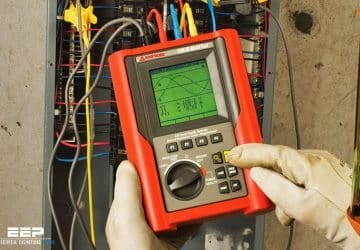
Understanding Transfer Switch Transition Types
Transfer switches are used for quickly and safely transitioning all electrical power consumed by the circuit, equipment, or systems connected to the transfer switch output between those normal and emergency power sources. All electrical power consumed by the circuit, equipment, or… Read more
Jun 03, 2015 | By Edvard Csanyi
